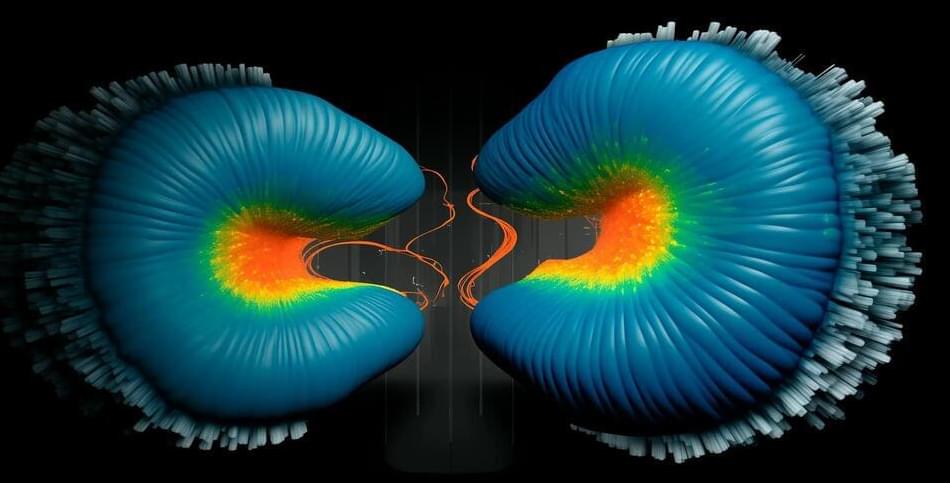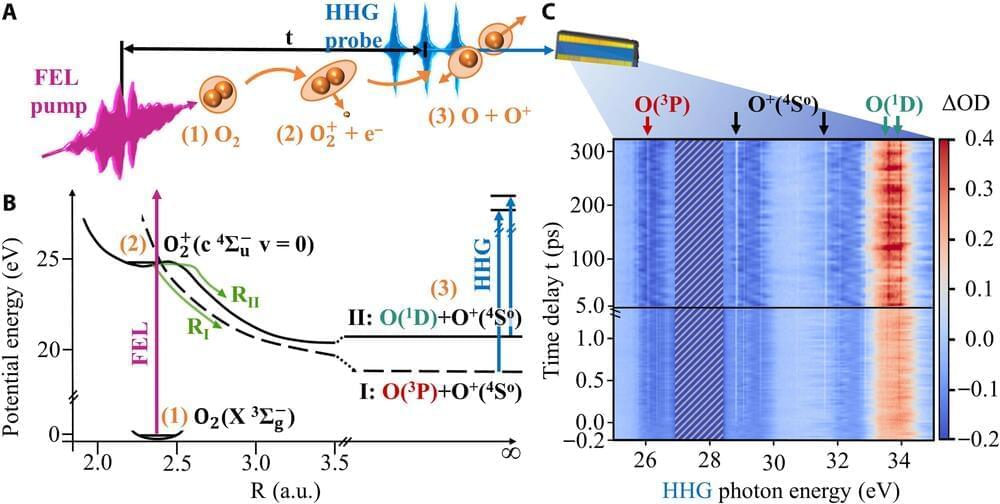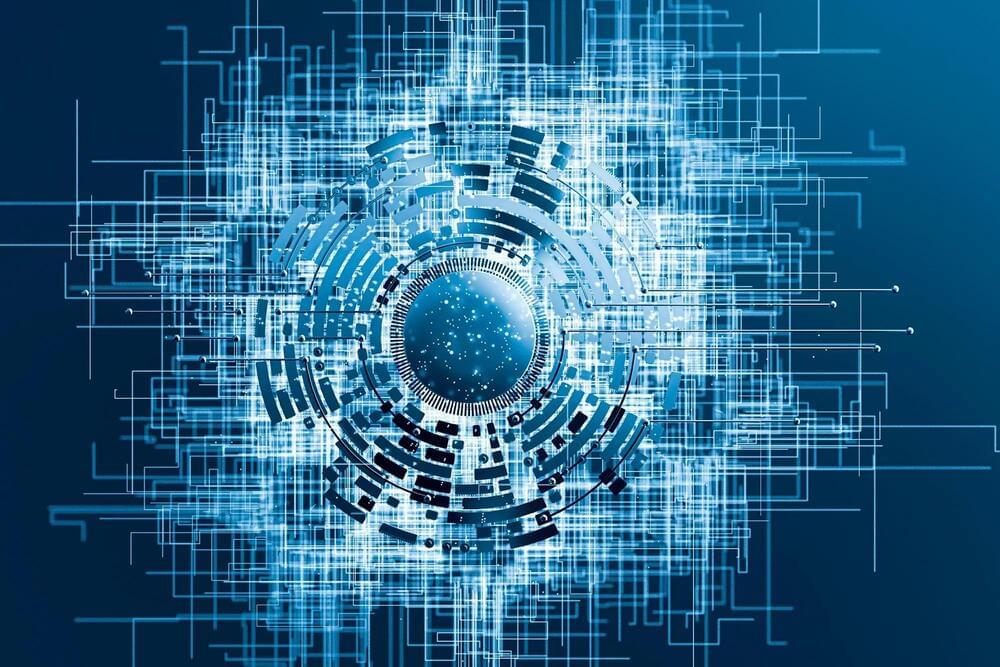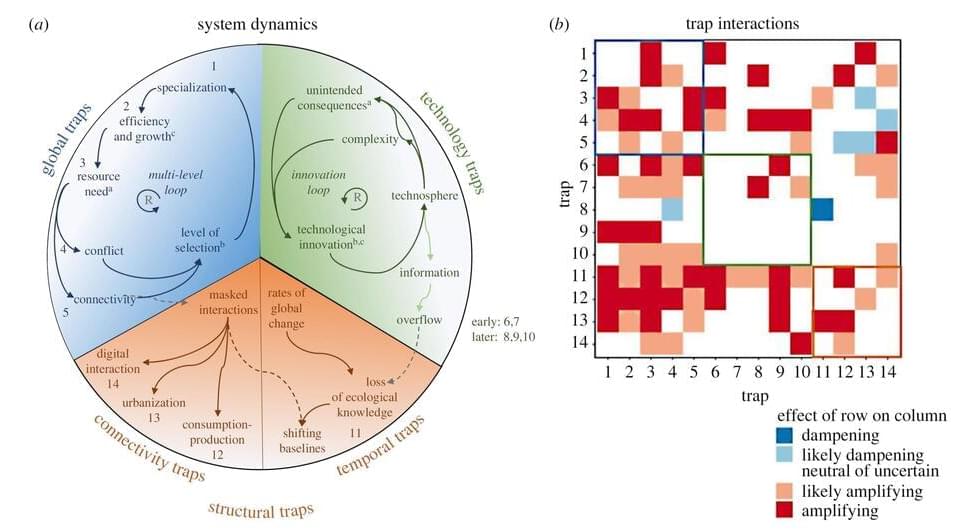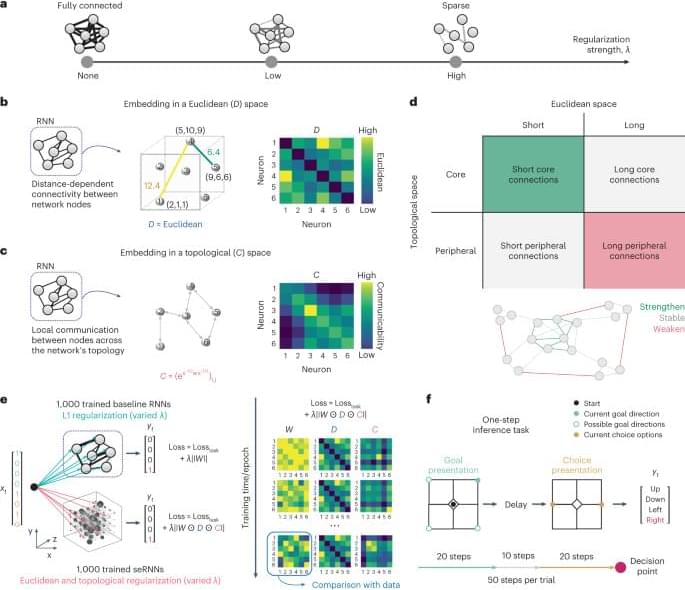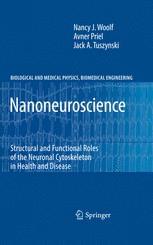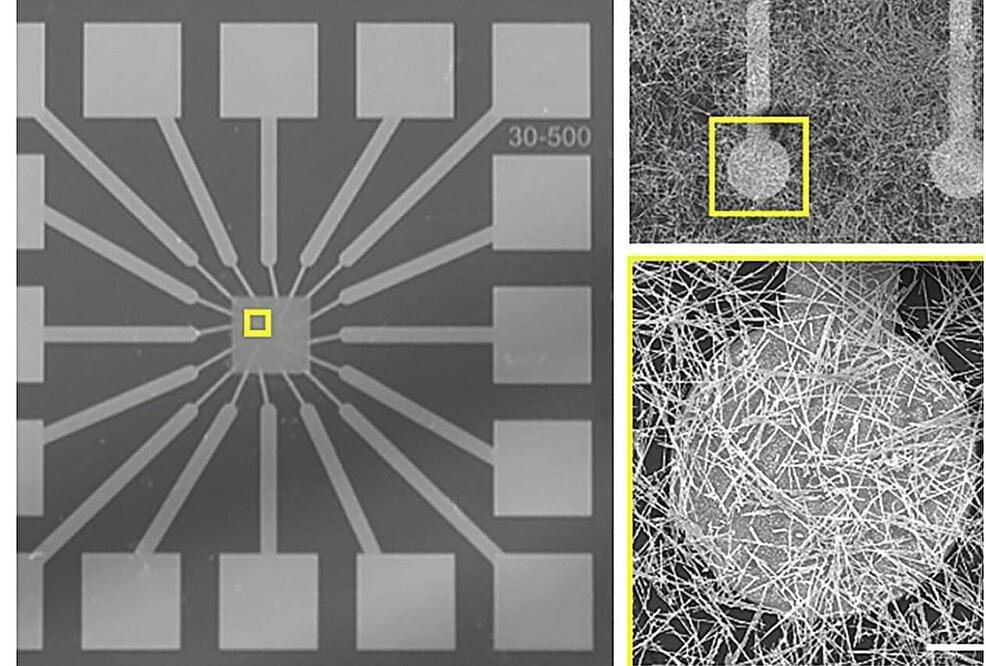Open-source supercomputer algorithm predicts patterning and dynamics of living materials and enables studying their behavior in space and time.
Biological materials are made of individual components, including tiny motors that convert fuel into motion. This creates patterns of movement, and the material shapes itself with coherent flows by constant consumption of energy. Such continuously driven materials are called “active matter.” The mechanics of cells and tissues can be described by active matter theory, a scientific framework to understand shape, flows, and form of living materials. The active matter theory consists of many challenging mathematical equations.
Scientists from the Max Planck Institute of Molecular Cell.
